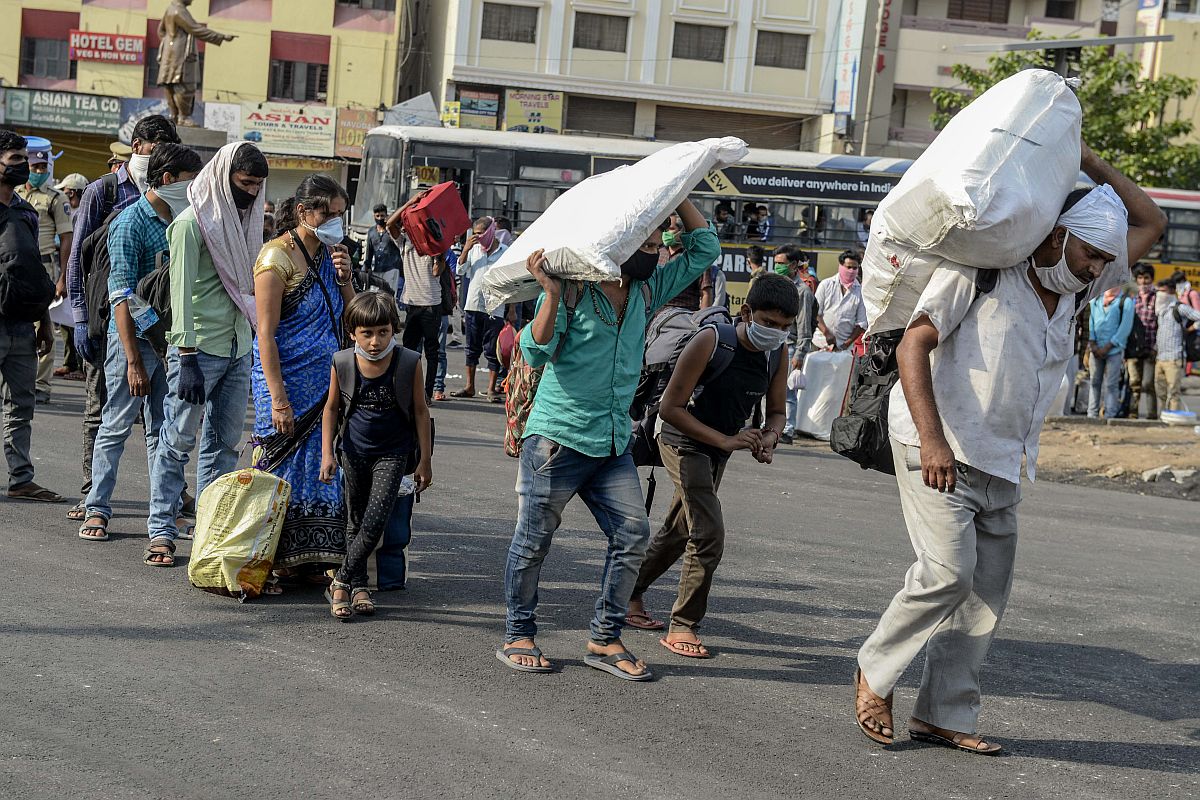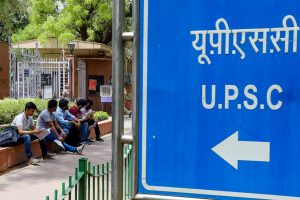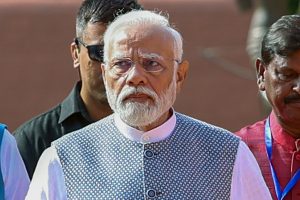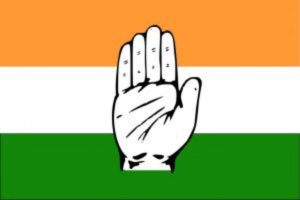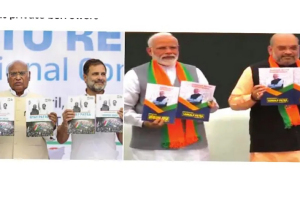The most tragic phenomenon witnessed by the nation during the early stage of Covid-19 pandemic was the harrowing and gut-wrenching images of mass exodus of informal sector workers in large parts of the country. They are the invisible drivers of the informal economy of urban India. This article is about that reverse migration. To begin with, let us understand who migrants are. Usually migrants are defined on the basis of place of birth or last place of residence and a deviation from it. However, the defining feature of who is a migrant is rather flexible, even in official records. In the last decade, migration pattern has also changed due to interstate movement to new growth centres, especially in small and medium sized towns.
What are the major streams as well as the “sources” and “destination” points of this vast mass of migrant population? Certain studies indicate that the areas where the migrant labours were working include construction sites in large cities, brick kilns located at the edge of the periurban areas, agricultural fields in the state of Punjab, sugar cane growing areas and the three-crop areas. Apart from these, there were small and tiny roadside business and service providers. Field realities indicate that Uttar Pradesh (UP) and Bihar are the biggest “source” states of migrants, followed closely by Madhya Pradesh (MP), Punjab, Rajasthan, Uttarakhand, Jammu and Kashmir and West Bengal. The major “destination” states are Delhi, Maharashtra, Tamil Nadu, Gujarat, Andhra Pradesh and Kerala. The available data indicates a widely differing reality about migrants in India. While, as per Census 2011, the total number of internal migrants would be 450 million ~ more than 30 per cent higher than 2001 ~ the actual numbers perhaps are higher than what is captured by the census.
What are the reasons for migration? Is this kind of migration due to distress or opportunity oriented? Given natural factors as well as shared experiences, one knows that the so called “source” regions are inscribed by low social and economic developmental indices and most of the migration is for subsistence and survival and falls under the citatory of distress migration. In the “destination” regions which are mostly urban settlements, the coping strategy of the migrants constantly vacillates between inhuman work conditions of urban and periurban India on the one hand and the impoverished and destitute landscape of the rural on the other. The significance of the “source” village in the coping strategy of the migrants differs with the varying stages of the work cycle of migrants. Invariably, the outer limits of these individuals’ or groups’ adaptive strategies are determined by work opportunities and survival conditions at “source” and “destination.” Perhaps, this is why we see a reverse migration today as the “destination” is soulless and devoid of any meaning other than deriving profits and cheap labour.
Now let us see what would the magnitude of the impact be for reverse migration. Definition of worker is given in the Industrial Disputes Act (IDA), 1947. According to the Labour Force Survey (2017–18), 238 million workers work as self-employed and around 112 million are employed in the casual workers segment. Only 19 million workers who are regular workers and have a contract tenure of more than three years are eligible under the definition of worker in the formal sector. It further excludes 49 million workers among 92 million formal sector workers employed in the informal segment of the formal sector. This segment of non-workmen, close to 161 million workers, as construed in various judicial pronouncements is ineligible under the definitional criteria of the IDA.
According to the Sixth Economic Census 2015–16 (excludes union territories), around 24.63 million establishments employ 216 million workers. Across the employment threshold sizes, 172 million workers (79.85 per cent) work in establishments that have less than nine workers and 20.1 million are employed in establishments that have more than 10 and less than 49 workers. Only 17.60 million (8 per cent) work in establishments with more than 100 workers. Except for the largesize firms, all other firms fall under the MSME sector, which at present, contribute around 6.11 per cent of the manufacturing GDP. The Ministry of Labour and Employment issued a circular on 20 March 2020 requiring all employers not to terminate employees and not to cut wages of workers, including contract and temporary workers. If the MSME sector is to pay wages without lay-offs in terms of this circular, it would witness several financial hurdles. Due to the additional wage costs, many units may even go bankrupt since they may not have the capacity to endure these recurring costs. India’s nationwide lockdown has thus not only inflicted incorrigible damages on the working lives of the migrant workers but has induced a slump in activities of all sectors, from production to distribution to consumption.
The mass exodus of “migrant workers” from cities is one of the grimmest human tragedies of post-independence India. The ongoing Covid-19 pandemic is without a parallel in the last 100 years of human history. The closest comparison is probably the gargantuan calamity-ridden 1918 flu pandemic of which there are hardly any survivors remaining.
The process of recovery in the economy is going to be longdrawnout process. It would be painful for those workers who would opt for meagre options available at source and equally for those who would be looking for opportunities in urban spaces. Due to the diffused nature of India’s urbanisation and the phased-out partial manner in which the lockdown is going to be lifted, the contractordriven labour supply chains are going to take time to get regrouped.
Demographic composition of the informal labour market is likely to be changed as workers come back. The workers who return will probably be different from those who went home. Some sectors, especially construction that accounts for a large proportion of migrant workers, are not going to recover soon. There is going to be an increased pressure on interstate migration to nearby towns and cities that may not be able to offer much. Overcrowding and cheap supply of labour would have disastrous consequences for collective bargaining, security and entitlements of the working classes. In such a context where the capability of the “source” is already severely compromised, social kinship ties with their embedded hierarchies are going to compound the crisis of human survival in these regions as they would be stretched out to their fullest limits. The pressure of this reverse migration is going to be felt in the fields of agriculture and allied activity and will put immense pressure on a system that is already broken.
But then, what is the solution? The solution lies with the complete transformation of economic and administrative processes, practices and policies to enable rural India to face up to the issues that the coronavirusinduced reverse migration has thrown up.
Besides, we need a charter of the rights of the working population across the board that ensures the right to livelihood, food, security and above all dignity of labour. Such a charter should become the guiding principle in the post-coronavirus phase of India’s polity and economy. A failure to consider the above may result in a calamity.

